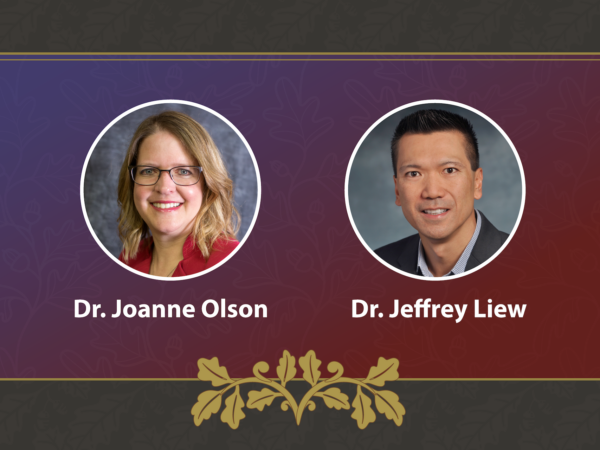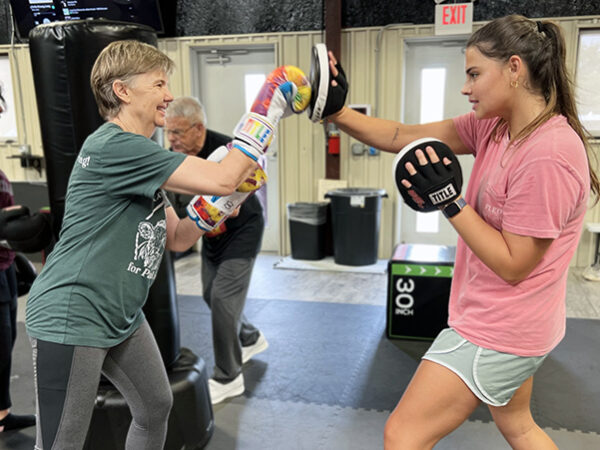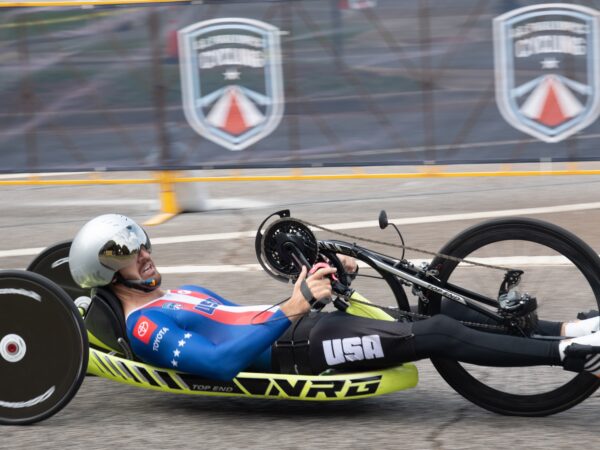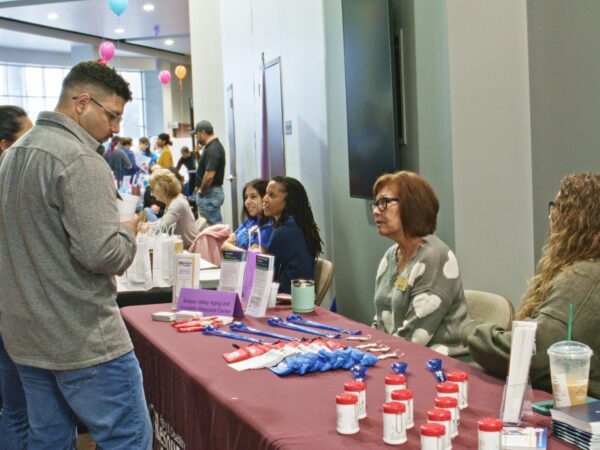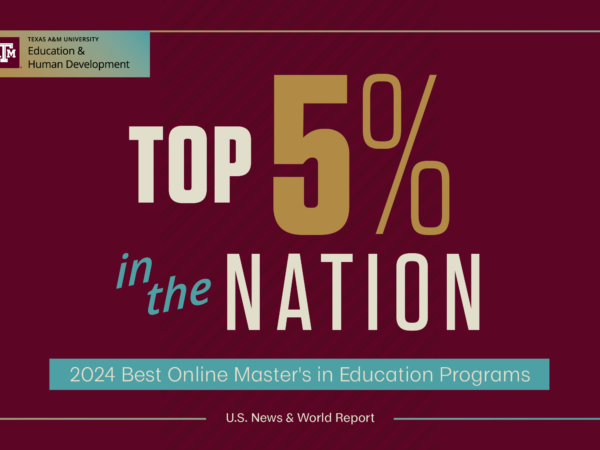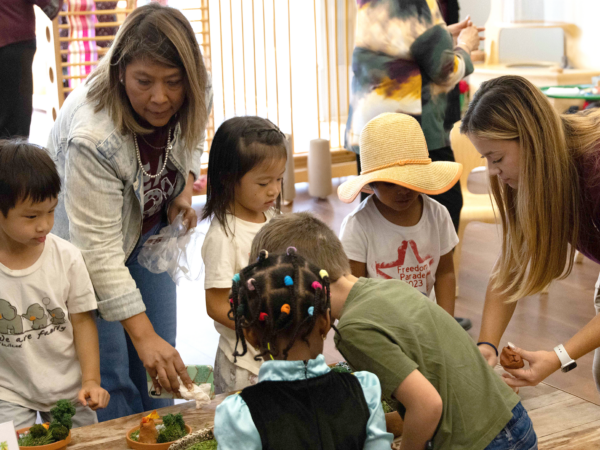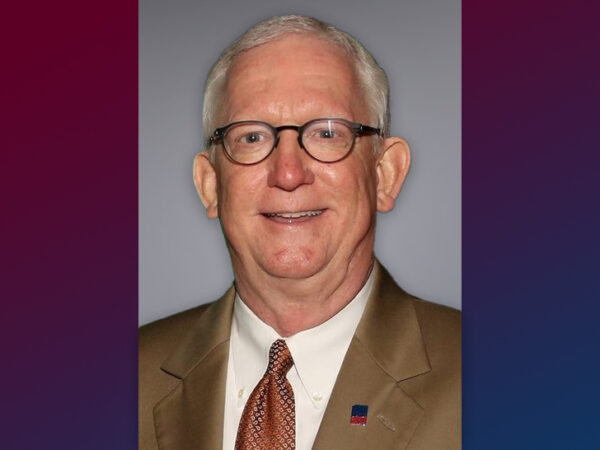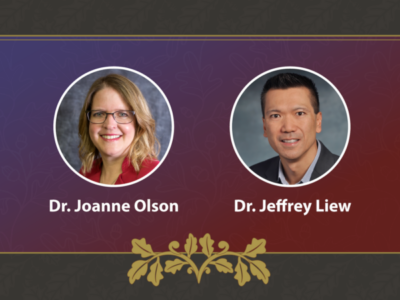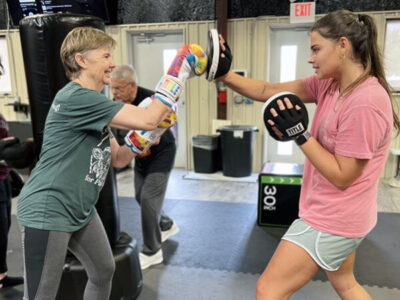Sisters Make A Difference In Special Education
About one of every eight Texas public school students need special education services. Preservice teachers in the special education program at Texas A&M are trained to work with students who have all types of disabilities in all grades and at all levels, from mild to severe.
The program is not for the faint of heart. That is something sisters Haley and Alyssa Lacativo know all too well. Alyssa will graduate in May 2016 with her master’s in special education. She says it is important to make sure your heart is in it and that teaching special education is really what you want to do. “There are days where you will feel like you were not effective as a teacher, that nothing went your way, but when you do finally see student progress, it’s all worth it,” said Alyssa. She pointed to the legal aspects of special education and the extra paperwork required for the students. “There’s a lot to take on.”
Her sister Haley, also graduating in May, knew it was going to be a tough road in the undergraduate special education program, but she was willing to accept the challenge. She wants to guarantee people with disabilities get the help they need both academically and personally. “I always struggled in school and seeing other people struggle and not get the help they need, even if it’s just somebody that has a mild disability, they still need that help,” said Haley.
Haley has also looked to her sister during her time in the special education program. “She can do more than just quiz me from a flash card. She is able to sit and explain the topic and give me examples to make sure I really understand the content,” said Haley. “I feel like she knew what to expect going into the program and was better prepared to dedicate a lot of time to school in order to be successful,” said Alyssa. “If she needed clarification about a concept, she could come to me and ask because, more than likely, I was learning about those same concepts in more detail in my own graduate classes.”
Teacher Shortage
Qualified special education teachers must devote a lot of time and energy to their students and their work. Most teachers do it because they love their career, but there are not enough of those qualified teachers to meet the demand.
There are critical shortages of special education teachers across the country with 49 states reporting a shortage. The problem is said to be the result of recruitment and retention challenges. 82 percent of special educators report there are not enough professionals to meet the needs of students with disabilities while more than half of all school districts report having difficulty recruiting highly qualified teachers.
Because of that shortage, the United States Department of Education (USDE) approved special education in elementary and secondary levels as a teacher shortage area. That means administrators have the ability to recruit and retain qualified teachers as well as reward teachers for their hard work using loan forgiveness opportunities.
Haley and Alyssa are focusing on the benefits as they near graduation. “The high-need field is definitely a good thing, knowing that I’ll probably get a job after I graduate,” said Alyssa.
Plans for The Future
After graduation, Alyssa plans to continue working with Texas A&M’s PATHS program, helping students with disabilities reach their academic goals. Her big dream is to open a bakery that employs adults with special needs to provide more employment opportunities. “I’ve learned how important transition planning is for students because most of them don’t have strong goals for after high school,’ said Alyssa. “I feel like having one other employment opportunity, like a bakery, would make a big difference. If I had potential employees that were eager to learn, I’d love to teach them.”
For Haley, the future is about inclusion. She hopes to increase the amount of time students with disabilities spend in the general education classroom and to make certain they are included in activities to cut back on the number of hours spent in a self-contained classroom. Haley remembered a student in her first grade class who had an intellectual disability. He was in the classroom only once every few weeks and she said no one really knew him. “That’s sad to me because students with disabilities don’t get the same opportunities. Even if they have a severe disability and they’re not going to be learning algebra, they’re still sitting in that classroom and learning and much as they can. They’re also getting that social aspect of being with their peers and interacting with them.”
About the Writer
Ashley is the Media Relations Coordinator and responsible for news coverage in the Department of Teaching, Learning and Culture as well as the Department of Educational Psychology.
Articles by AshleyFor media inquiries, contact Ashley Green.
Fundraising
To learn more about how you can assist in fundraising, contact Amy Hurley, Director of Development ahurley@txamfoundation.com or 979-847-9455


